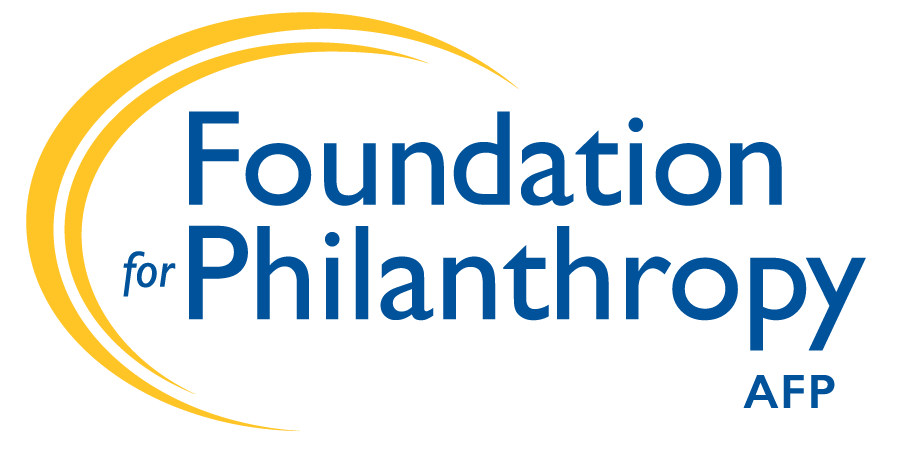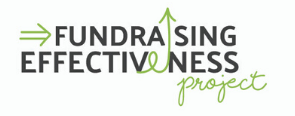2021 Fundraising Slightly Ahead of 2020 Figures, Buoyed by New Donor Retention

Slowing Growth in Second Quarter Signals Continued Unpredictability, Opportunities for Nonprofits This Year
(Arlington, Va.) Fundraising in the first half of 2021 kept up with the impressive levels from 2020, though the slowdown in growth in the second quarter of the year suggests continued volatility in giving for the rest of 2021, according to the Fundraising Effectiveness Project’s 2021 Second Quarter Fundraising Report.
 The Fundraising Effectiveness Project (FEP) is a collaboration among fundraising data providers, researchers, analysts, associations, and consultants to empower the sector to track and evaluate trends in giving. The project offers one of the only views of the current year’s fundraising data in aggregate to provide the most recent trends for guiding nonprofit fundraising and donor engagement. The FEP is administered by the Association of Fundraising Professionals (AFP) Foundation for Philanthropy in collaboration with GivingTuesday.
The Fundraising Effectiveness Project (FEP) is a collaboration among fundraising data providers, researchers, analysts, associations, and consultants to empower the sector to track and evaluate trends in giving. The project offers one of the only views of the current year’s fundraising data in aggregate to provide the most recent trends for guiding nonprofit fundraising and donor engagement. The FEP is administered by the Association of Fundraising Professionals (AFP) Foundation for Philanthropy in collaboration with GivingTuesday.
The FEP releases quarterly findings on those giving trends, released both via downloadable reports at https://afpglobal.org/fepreports and in a free online dashboard available at http://data.givingtuesday.org/fep-report.
The 2021 Second Quarter Fundraising Report compares giving data from the first half of 2021 with figures from the first half of 2020. Key findings from the report include:
- While giving in 2021 has not seen the explosive growth of 2020, the pace of giving and number of donors has remained roughly the same or even a little higher. The estimated number of donors increased by 0.7% in the first half of 2021 compared to the same period in 2020, while the total amount of money given has risen by a projected 1.7%.
- Fundraising has remained strong in the first half of the year due to the number of newly retained donors—that is, the number of new donors in 2020 who have continued to give in 2021. The number of newly retained donors increased 22.4% over the first half of 2021.
- Total giving and the number of donors grew by record rates in the first quarter of 2021 (10% and 6%, respectively), but the growth was much more nominal in the second quarter. The drop in growth in the second quarter might be a developing trend that leads to flat or decreasing in the third quarter, or the result of abnormally strong first quarter growth.
“We saw a tremendous level of giving in 2020 because of the pandemic, people giving to social issues and other factors,” said Mike Geiger, MBA, CPA, president and CEO of the Association of Fundraising Professionals. “That strong level of giving continued into the first quarter of 2021, and then started to level off. The question is, are we seeing the beginning of the return to normal—that is, pre-pandemic levels and flows of giving, or will the growth in giving continue in the third quarter of 2021 and beyond? That’s what the FEP will be watching with great interest.”
One of the signs that giving may be returning to pre-pandemic conditions is the level of giving to charities based on size and cause. In a reversal from last year, smaller organizations are experiencing growth in funds raised in 2021 while larger organizations are seeing some contraction.
In addition, causes that experienced sharp decreases in 2021 (e.g., Arts, Culture and Humanities; International; and Foreign Affairs) are now experiencing growth in giving or very small losses. At the same time, Human Service and Health organizations are now experiencing declines in giving in 2021 after extraordinarily strong fundraising results in 2020.
“With these numbers, we’re seeing the COVID-giving trends start to reverse,” said Nejeed Kassam, CEO of Keela. “As pandemic relief efforts dominated the charitable giving landscape in 2020, it was larger charities focused on health and human services that received a significantly larger amount of funds than in typical years. Now we’re seeing other non-COVID-related causes begin to see increased giving. It’s not that people aren’t giving to health and human service organizations—they’re not just giving at the same extraordinary levels from last year, and those growth rates are falling.”
Once all data from the second quarter 2021 has been collected, the FEP is estimating that overall donor retention—the percentage of donors who gave in 2020 and have already given in 2021—will have decreased by 7.2%. The decrease is expected, as retention tends to decline over the year as repeat and recurring donors are accounted for in the first quarter of any year. This is an especially important factor in 2021 given the record giving rates in the first quarter of the year.
As nonprofits look to what are traditionally the biggest giving days of the year in Q4, the latest FEP report shows opportunities that charities can leverage to inspire more giving in 2021 while mitigating risk in a continued period of uncertainty
“2020 was an unprecedented year due to the pandemic, and the same was true for fundraising as we saw record-breaking giving. It’s difficult to predict how this end-of-year fundraising will compare, but there are reasons to be encouraged,” said Woodrow Rosenbaum, chief data officer of GivingTuesday. “Based on the data, we are seeing that people are still highly motivated to give. Organizations can use these last few weeks of 2021 to tap into this desire to help and connect with community to finish the year on a strong note.”
About the Report
The FEP 2021 Second Quarter Fundraising Report is available for free at https://afpglobal.org/fepreports, with a free online dashboard available at http://data.givingtuesday.org/fep-report.
The data analysis includes giving details from 9,618 nonprofit organizations based in the U.S. as a subset of the Fundraising Effectiveness Project. The FEP’s database of organizations is made up of organizations that raise between $5,000 and $25 million.
In 2021, the FEP implemented a number of methodology changes to provide a better representation of the ‘typical’ experience of organizations and granular trends in donation patterns.
The Fundraising Effectiveness Project
The Fundraising Effectiveness Project publishes quarterly and annual reports that examine key fundraising metrics, serving as a benchmark for nonprofit executives, development staff and researchers. The Fundraising Effectiveness Project and the Growth in Giving database are both administered by the Association of Fundraising Professionals Foundation for Philanthropy in collaboration with GivingTuesday.
The Growth in Giving database is the world’s largest public record of donation activity, with more than 204 million donation transactions, and is continuously updated by leading fundraising software thought leaders (in alphabetical order) Bloomerang, DonorPerfect, and NeonCRM. Additional partners include the 7th Day Adventists, The Biedermann Group, DataLake Nonprofit Research, and DonorTrends (a division of EveryAction). For more information and how you or your fundraising software provider can participate, please visit https://afpglobal.org/fep.


